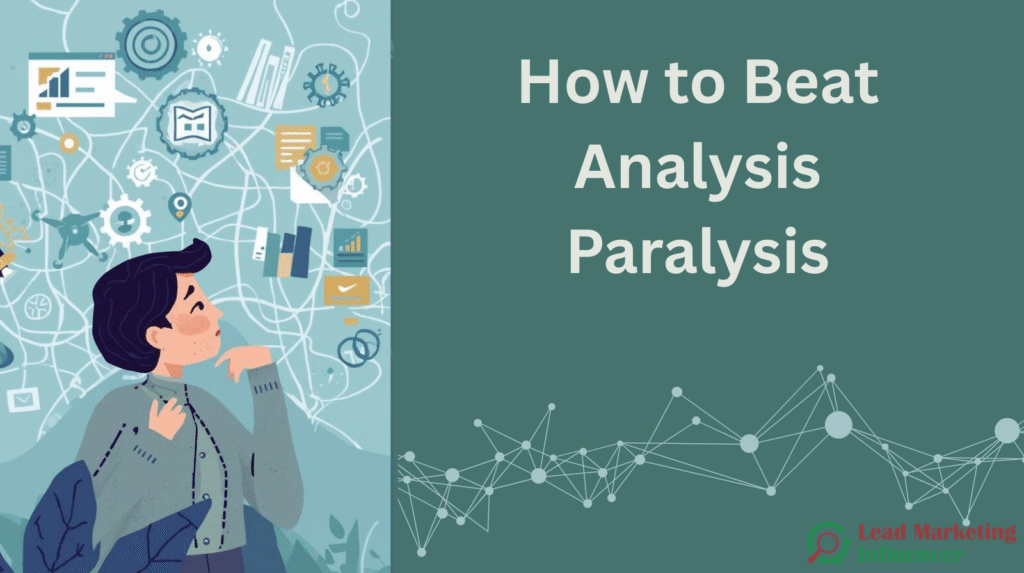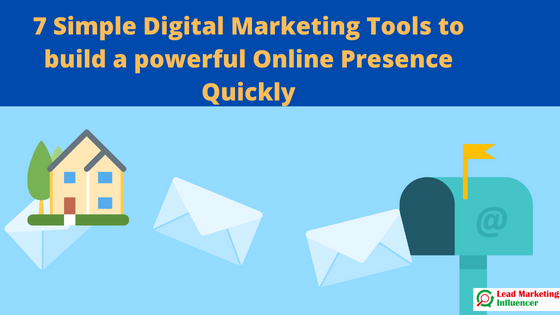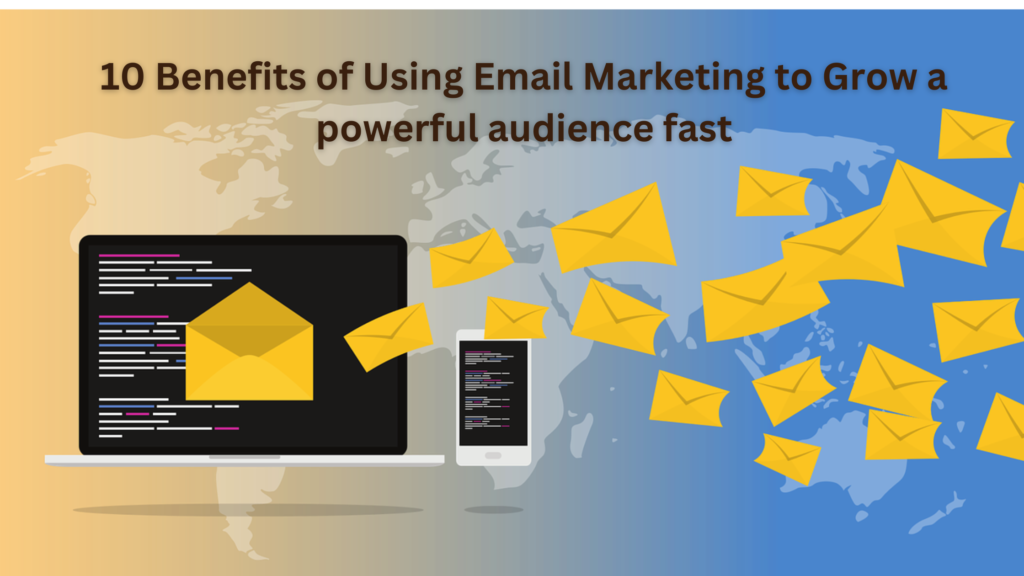You have a dozen browser tabs open. Each one is a deep dive into reviews, feature comparisons, and pricing models for a new piece of software you need. Another tab holds a complex spreadsheet you built, color-coding the pros and cons of your top seven choices. Hours turn into days, and you are no closer to a decision than when you started. You are drowning in data, and instead of feeling empowered, you feel completely stuck.
This state of frozen inaction has a name: analysis paralysis. It is the frustrating byproduct of our modern world’s greatest asset and biggest curse, an endless supply of information. When faced with too many choices and an overwhelming amount of data, our brains can short-circuit, leading us to overthink and underact. We become so focused on making the perfect choice that we end up making no choice at all.
This article is your guide to breaking free. We will explore the psychological traps that cause analysis paralysis and provide you with concrete, actionable strategies to move from a state of overwhelm to one of decisive action. It is time to close those tabs and start making progress.
What is Analysis Paralysis (and Why Does it Happen)?
Analysis paralysis is not a personal failing; it is a cognitive bottleneck. It happens when the fear of making an error outweighs the potential reward of making a decision. To overcome it, we first need to understand the forces at play that keep us stuck in this unproductive loop.
The Vicious Cycle of Information Overload
We live in an era of unprecedented access to information. While this can be empowering, it often creates a paradox. The more information we gather to make an informed decision, the more complex and uncertain the decision becomes. Every new article, review, or opinion adds another variable to consider. This deluge of data overwhelms our cognitive capacity, making it nearly impossible to process everything effectively. The quest for more information creates a cycle where research leads to more questions, which leads to more research, trapping us in a loop of endless deliberation.
The Psychology of “Perfect”: Fear of Making the Wrong Choice
At its core, analysis paralysis is often driven by fear. We are afraid of making the wrong choice, of missing out on a better option, or of the potential regret that follows a bad decision. This is amplified by two key psychological triggers:
Perfectionism: The belief that a perfect, flawless outcome exists and is attainable. Perfectionists spend an inordinate amount of time trying to find the single best option, ignoring the fact that a “good enough” choice made today is often far better than a “perfect” choice made next month.
Loss Aversion: This is a cognitive bias where the pain of losing something is psychologically twice as powerful as the pleasure of gaining something of equal value. When making a decision, we become hyper-aware of the potential downsides of each option, leading us to avoid committing to any single path to prevent a potential loss.
The Paradox of Choice
Psychologist Barry Schwartz famously coined the term “The Paradox of Choice” to describe how an abundance of options can lead to anxiety and paralysis rather than liberation. When we have too many choices, the effort required to evaluate them all becomes immense. Furthermore, as the number of options increases, so do our expectations for the outcome. We believe that with so many alternatives, we should be able to find the perfect one. This pressure elevates the stakes of the decision, making us even more hesitant to commit. The result is often less satisfaction with the choice we finally make, as we are left wondering about all the other possibilities we had to forego.
Recognizing the Symptoms of Analysis Paralysis
Analysis paralysis can creep into our lives subtly, masquerading as due diligence or thoroughness. Being aware of the warning signs is the first step toward addressing the problem. Here are some common symptoms:
- Spending an excessive amount of time researching a decision without making any tangible progress.
- Chronic procrastination, especially on tasks that require making a choice.
- Feeling consistently overwhelmed and mentally exhausted by the sheer number of options.
- A persistent and nagging fear of making a mistake, which prevents you from moving forward.
- Creating overly complex spreadsheets, lists, or comparison models for relatively simple decisions.
- Constantly seeking opinions and validation from others, but still feeling unable to commit to a decision.
- Missing deadlines or opportunities because you were still in the “information gathering” phase.
If these symptoms feel familiar, do not worry. You have identified the problem, and now you can begin to implement strategies to solve it.
9 Actionable Strategies to Overcome Analysis Paralysis
Knowing what analysis paralysis is is one thing; breaking free from its grip is another. The key is to shift your mindset from finding the perfect answer to making a good decision and moving forward. Here are nine practical strategies you can use to escape the cycle of overthinking.
1. Set a Strict Deadline for Your Decision
This strategy leverages Parkinson’s Law, the adage that work expands to fill the time allotted for its completion. Without a deadline, a decision can be postponed indefinitely. To combat this, assign a specific date and time for your decision. This creates a sense of urgency and forces you to work with the information you have, rather than continuously seeking more.
2. Limit Your Information Intake
You must consciously decide when to stop the research phase. Before you begin, set clear boundaries. For example, decide to read only five articles, compare only three top products, or speak to only two trusted colleagues. Once you have hit your limit, close the door on new information. This prevents the endless spiral of data collection and pushes you toward the analysis phase.
3. Define Your “Good Enough”
Instead of searching for the mythical “best” option, focus on identifying a “good enough” solution. Before you start your research, write down the top three to five essential criteria that any acceptable choice must meet. The first option you find that checks all of these boxes is your winner. This approach combats perfectionism and helps you recognize that an effective solution is better than a perfect one that never materializes.
4. The Two-Way Door vs. One-Way Door Framework
Popularized by Jeff Bezos, this mental model helps categorize decisions by their reversibility. Most decisions are “two-way doors”; you can walk through them, and if you do not like the outcome, you can easily reverse course. These decisions should be made quickly. “One-way door” decisions are irreversible and have significant consequences, meriting slower, more careful deliberation. By identifying that the vast majority of your decisions are two-way doors, you lower the stakes and can act with more confidence and speed.
5. Start Small to Build Momentum
A large, intimidating decision can be paralyzing. The antidote is to break it down into the smallest possible actionable steps. Instead of “choose a new career path,” start with “research one potential industry for 30 minutes today.” This approach of taking tiny steps builds momentum, generates confidence, and makes the larger decision feel much more manageable. Action begets clarity, and a small step forward is often all you need to break the inertia.
6. Talk it Out (But with a Limit)
Discussing your thoughts with a trusted friend, mentor, or colleague can provide a valuable external perspective and help you untangle your thoughts. However, avoid the trap of “opinion shopping,” where you ask everyone you know in the hope that someone will make the decision for you. Choose one or two people whose judgment you respect, clearly articulate your situation and top options, and listen to their feedback. You can also use AI tools to help you.
7. Visualize the Worst-Case Scenario
Our fear often inflates the negative consequences of making a wrong choice. Take a moment to realistically assess the worst-case scenario. What would actually happen if you chose the “wrong” software or took the “wrong” job offer? How would you handle it? More often than not, you will realize that the potential negative outcome is survivable and far less catastrophic than the vague anxiety in your mind suggests. This exercise can significantly reduce the fear that is holding you captive.
8. Embrace the 80/20 Rule (Pareto Principle)
The Pareto Principle states that roughly 80% of effects come from 20% of the causes. Apply this to decision-making. Recognize that 80% of your desired outcome will likely come from 20% of the features, information, or options you are considering. Your task is to identify that critical 20% and focus your energy there. Do not get bogged down in trivial details that will have a minimal impact on the final result.
9. Trust Your Intuition
After you have done a reasonable amount of research and logical analysis, it is time to check in with your gut feeling. Our intuition is a powerful cognitive tool that rapidly processes our past experiences and subtle cues. If you have narrowed your options down to two equally logical choices, go with the one that feels right.
Putting It Into Practice: A Real-World Example
Let’s see how these strategies work with a common scenario: choosing a new project management tool for your team.
The Old Way (Analysis Paralysis): You spend three weeks reading hundreds of online reviews, comparing dozens of tools, and creating a massive spreadsheet with 50 different feature columns. You schedule demos with ten different companies, overwhelming your team with options. No decision is made, and the team continues to struggle with its old, inefficient system.
The New Way (Action-Oriented):
1. Define “Good Enough”: The tool must integrate with our existing calendar and file-sharing apps, have a user-friendly interface for non-technical users, and cost less than $25 per user per month.
2. Limit Information Intake: We will research only the top 5 highest-rated tools on two trusted software review websites.
3. Set a Deadline: We will make a final decision by the end of this week.
4. Start Small: We will sign up for free trials of the top two contenders that meet our criteria.
5. Make a Two-Way Door Decision: We will choose the one that feels best after the trial, knowing we are on a monthly plan and can switch in the future if it proves to be a poor fit. This is not a permanent, irreversible choice.
This action-oriented approach leads to a good decision in a fraction of the time, allowing the team to move forward and become more productive.
Conclusion
Analysis paralysis is a modern dilemma born from an abundance of choice and information. It traps us in a cycle of overthinking, fueled by the fear of imperfection and regret. However, it is a cycle that can be broken.
The antidote to paralysis is not more information; it is decisive action. By setting deadlines, limiting your options, defining what “good enough” looks like, and understanding that most decisions are reversible, you can reclaim your power to choose. It is about shifting your goal from making a single perfect decision to making a good, timely decision that allows for progress. Perfection is the enemy of done, and action is the catalyst for clarity.
So, what is one small decision you have been putting off? Choose one of the strategies above and apply it today. Break the cycle, take action, and move forward.





